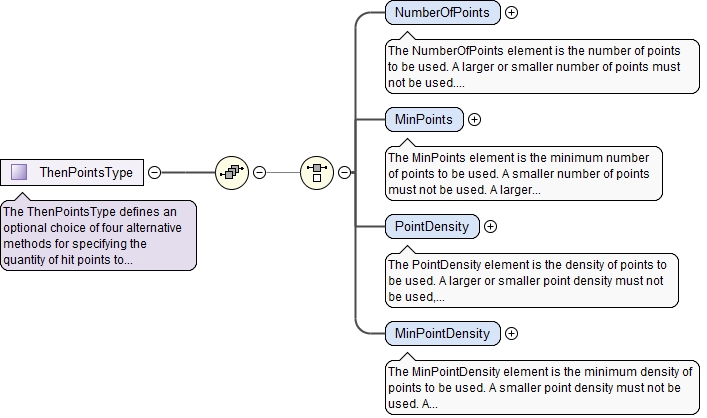|
Annotations
|
|
||
|
Diagram
|
 |
||
| Type | xs:unsignedInt | ||
|
Properties
|
|
||
|
Source
|
|
||
| Schema location | file:////Q:/kramer/qif3.0/model/QIFforHTMLxsd/QIFApplications/QIFRules.xsd |



